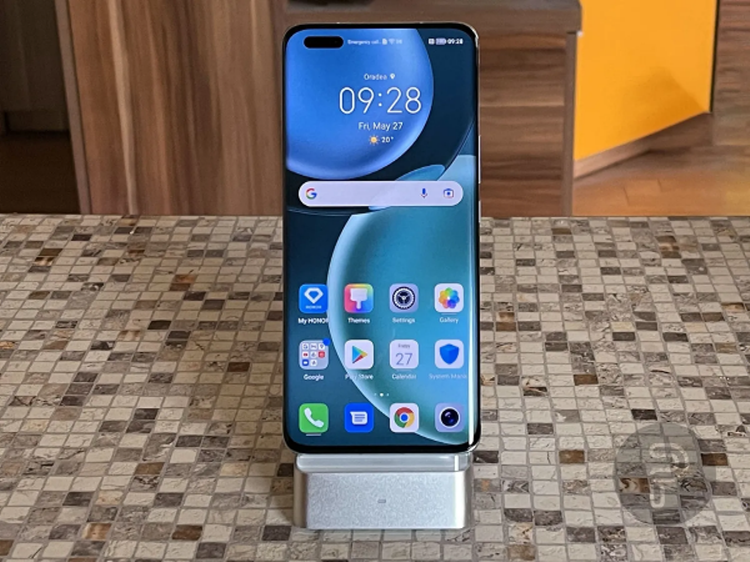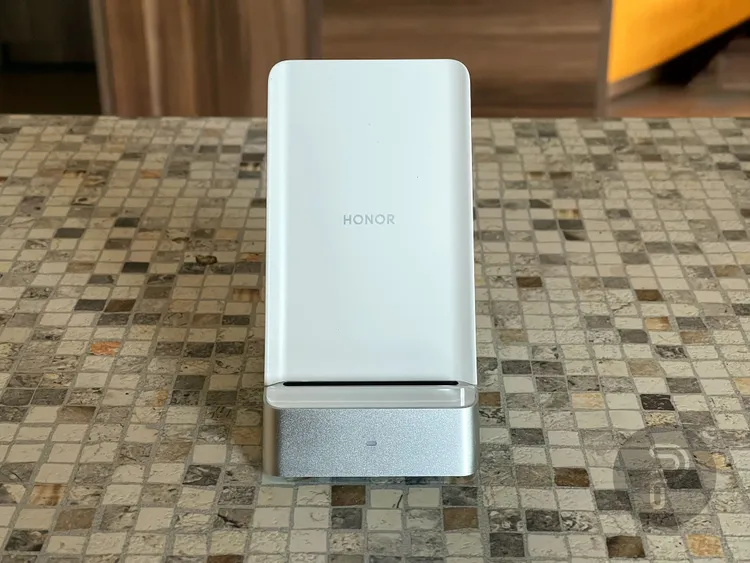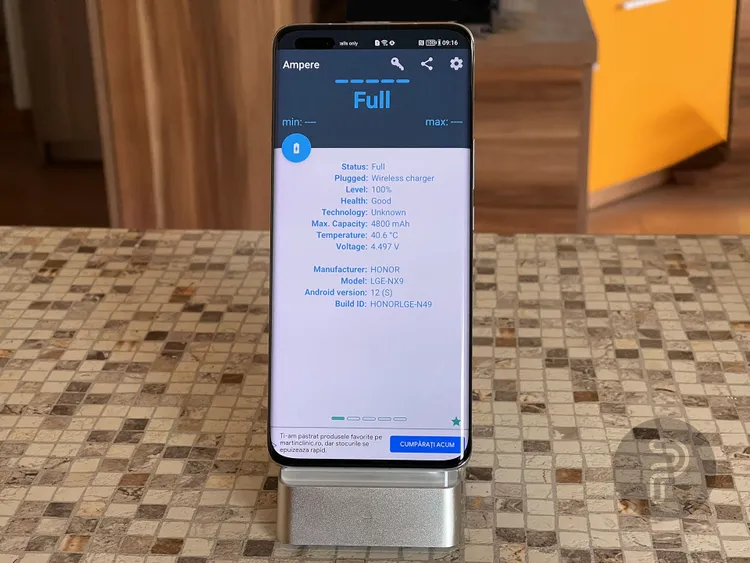자료실
[해외칼럼] 고속 무선충전기와 냉각기의 상관관계
- 작성일2022/09/21 16:31
- 조회 297
[번역요약]
냉각기가 있는 무선 충전기는 자주 발매되고 있지만, 유선 충전기는 그렇지 않습니다.
보통 높은 전력으로 빠르게 충전을 해야한다면 유선 충전기를 사용합니다. Honor가 최근 출시한 무선충전기 Magic 4 Pro는 최대 100W의 높은 전력으로 충전할 수 있습니다.
이 무선 충전기에는 냉각기가 내장되어 있지만, 여전히 유선 충전기보다 충전 속도가 느립니다. 그렇다면, 유선 충전기는 냉각기가 필요하지 않은 반면에 무선 충전기는 왜 냉각기가 필요할까요?
무선 충전을 사용하면 어떤 일이 발생하나요?
무선 충전은 두 개의 구성 요소 사이의 거리가 적어야 효과적인 충전이 가능한 유도 충전 시스템을 사용합니다.
유도 충전 시스템은 권선 코일에 전류가 공급되면, 자기장을 통해 두 번째 코일에 전류가 생성되는 방식을 말합니다.
이것을 무선 충전기와 스마트폰에 빗대어 설명하자면, 콘센트에서 공급되는 전류와 첫 번째 코일이 무선 충전기, 자기장을 통해 공급되는 두 번째 코일은 스마트폰으로 볼 수 있습니다.
여기서 자기장이 전류로 바뀌며 스마트폰을 충전하는데, 이러한 변환은 충전 효율성 저하와 발열로 이어지며, 특히 발열은 유, 무선 충전에서 모두 나타나는 주요 문제점 중 하나입니다.
무선 충전기에 냉각기가 필요한 이유는 무엇입니까?
유도 충전 시스템은 2가지 단점이 있는데, 두 코일 사이의 거리와 발열입니다. 이러한 단점을 보완하기 위해 OEM이 내놓은 해결책은 다음과 같습니다.
우선 무선 충전기가 더 높은 전력을 사용할 수 있도록 만들어 전력 손실을 줄입니다. 이후 냉각기를 활용해 스마트폰과 무선 충전기 사이의 접촉 지점을 낮은 온도로 유지합니다.
따라서 무선 충전기 냉각기 필요로 하는 이유는 다음과 같습니다.
- 냉각기가 있으면 더 높은 전력을 소비하는 충전 어댑터 사용 시, 발생하는 열에 대처할 수 있습니다.
- 스마트폰과 충전기 사이에 발생하는 열로 인한 효율 저하를 최소화할 수 있습니다.
- 스마트폰을 가능한 한 시원하게 유지하여 성능이 저하되는 것을 방지할 수 있습니다.
[칼럼원문] 작성자 : ARYAN SURENDRANATH,
출처 : https://pocketnow.com/why-do-you-need-coolers-wireless-chargers-when-they-charge-slower-cables/
Why do you need coolers on Wireless chargers when they charge slower than cables?
Wireless Chargers with coolers are making their way to markets, but do they really need them while their wired counterparts don't? Read this article to find out!

If you're living anywhere other than North America — specifically in Asia — you're bound to have heard about charging systems that reach 150W of peak power and can charge devices from 0 to 100% in less than half an hour.
These high numbers are commonly associated with wired charging systems, but Honor's recent launch of the Magic 4 Pro marketed the addition of 100W wireless charging. Now, this system depends on the HONOR SuperCharge Wireless Charger, which features an inbuilt fan, but according to the metrics shared by the OEM, it still chargers slower than its wired counterpart. So why does a wireless charger need a cooler while its wired counterpart doesn't? That's the question we explore in this article.
We want to point out that coolers/ fans are not only present in this particular 100W system. The 2nd generation Pixel Stand, which only hits a peak of 27W, also features a fan, and so do OnePlus' various wireless charging accessories.
What happens when you use Wireless Charging?

Wireless charging works on the concept of induced currents. In such a system, passing a current through a wound coil generates an electric current in a second coil via a magnetic field. If we correlate it to the current hardware,
we can explain it as the charger having the first coil with the current provided by an outlet, whereas your phone includes the second coil, acting as the receiver.
So, the flick of a switch begins the transmission of a current that changes into a magnetic field, which then once again transforms into a current,
charging your phone. These conversions lead to a drop in efficiency and heat generation, the latter being one of the many obstacles in any form of charging.
Why do we need coolers for Wireless Chargers?

Coming to why one needs a cooler on a wireless charger, well, tightly-coupled inductive charging systems have two primary drawbacks: first, the distance between the two coils, and second, the heat generated.
And OEMs have a two-fold method to counter the losses that can occur with both of these factors. Primarily, push a higher wattage into the wireless charger itself to counter any possible losses and achieve the desired outcome, and then use a cooler to maintain low temperatures at the point of contact between the phone and wireless charger to promote efficient transfer.
HONOR claims its wireless charger needs a 130W adapter to achieve its peak output of 100W and provide the claimed 50% recharge in 15 minutes for the Honor Magic 4 Pro. Hence, maintaining the high power heat-generating input from this adapter becomes a necessity.
So the reasons behind wireless chargers needing coolers, although they're slower than wired charging, are:
- The presence of a cooling system can help counter the heat generated due to the use of a higher wattage charging adapter.
- It can help minimize the amount of inefficiency due to the presence of heat between the smartphone and charger.
- Lastly, it can keep the smartphone as cool as possible to avoid cell degradation.







